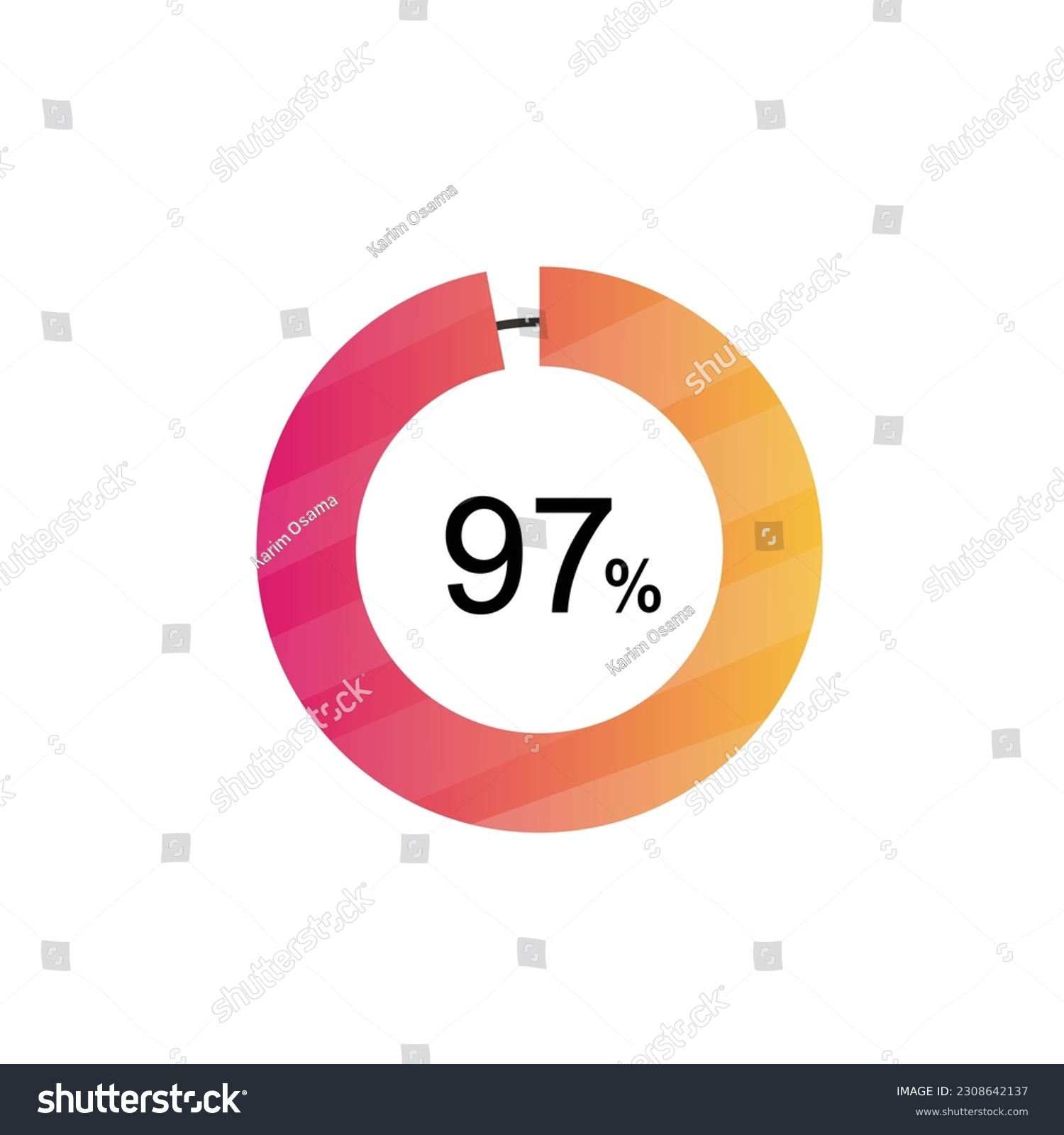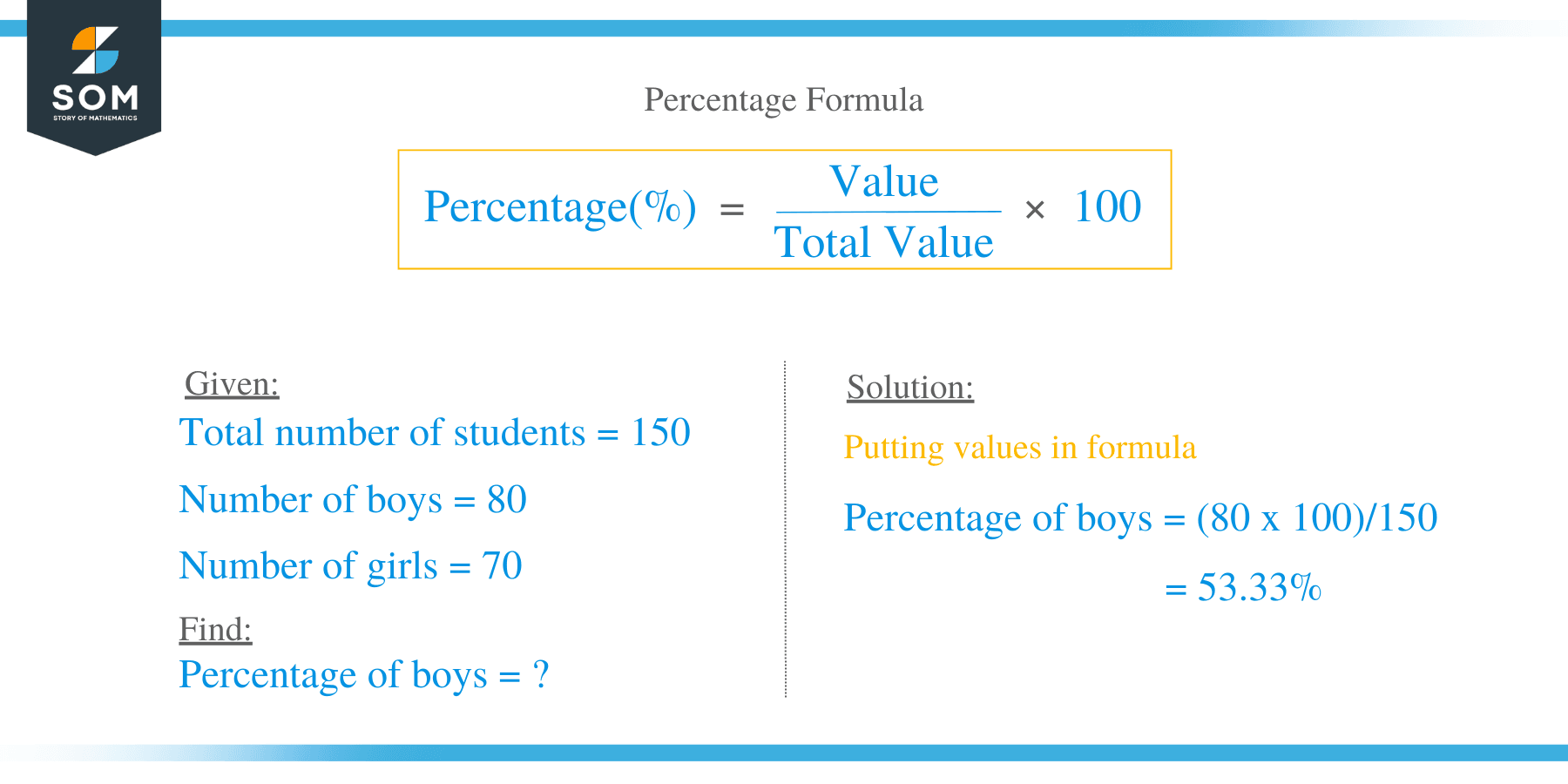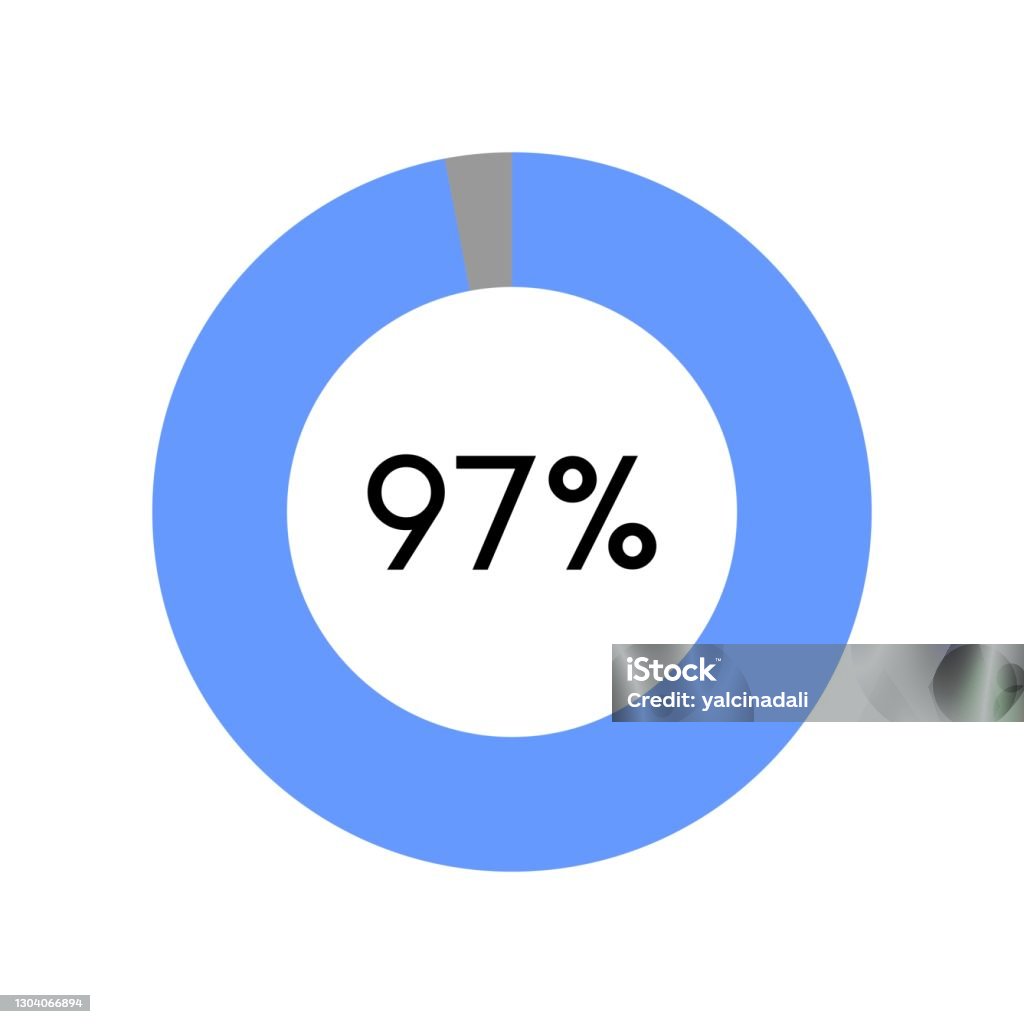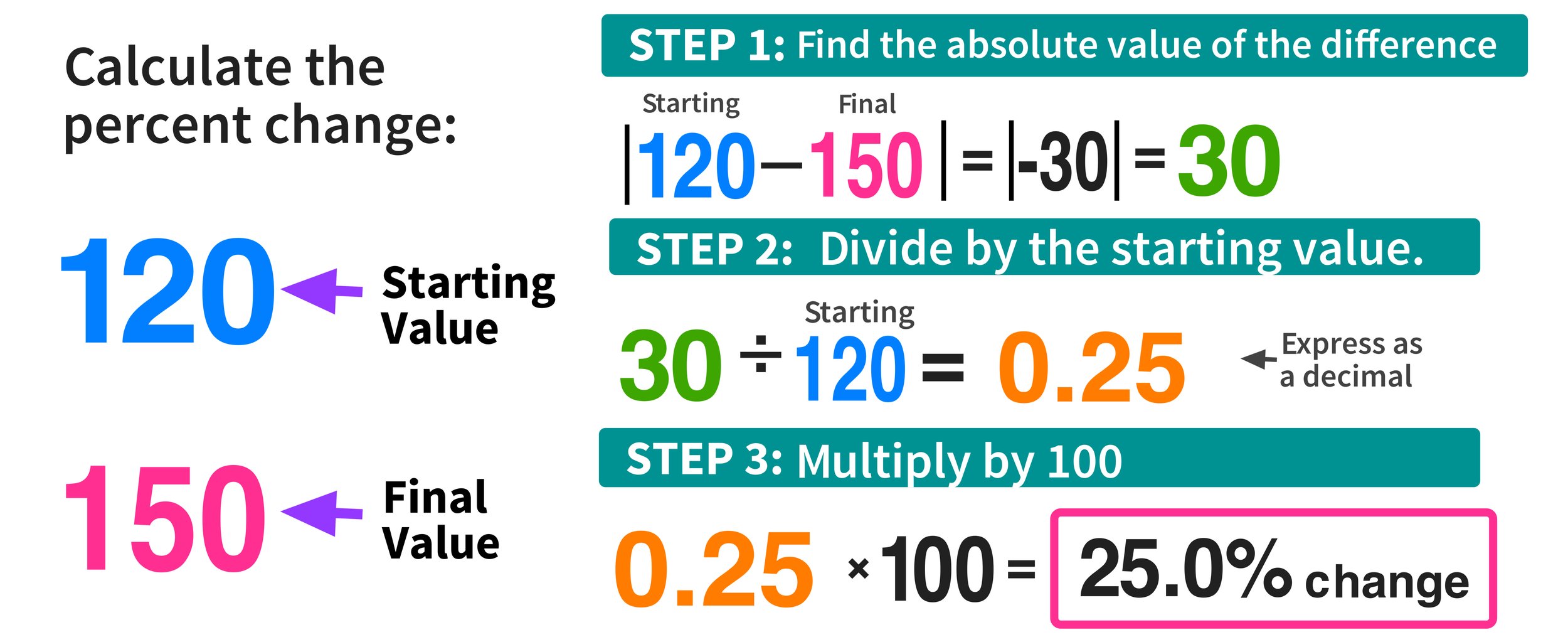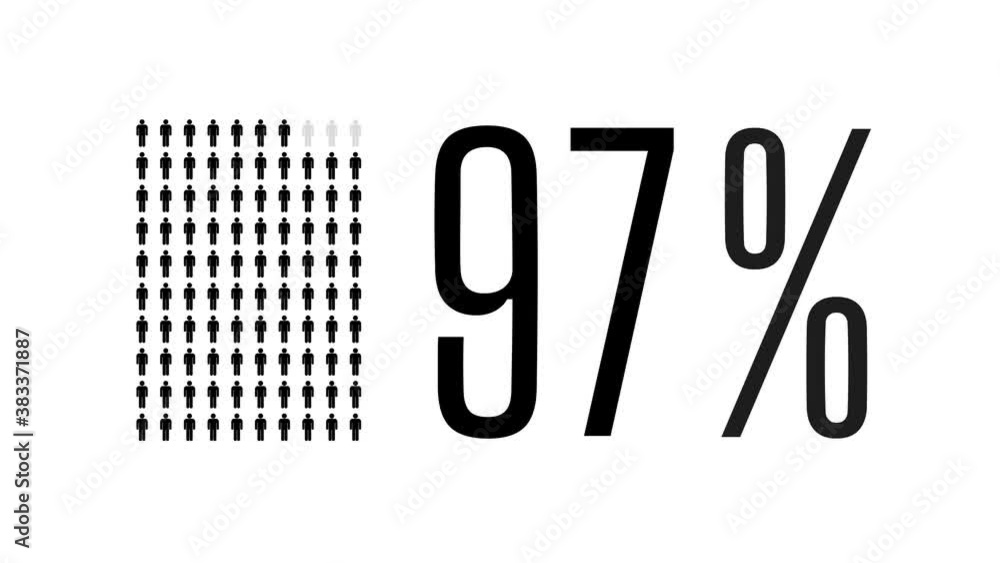97 Out Of 150 As A Percentage
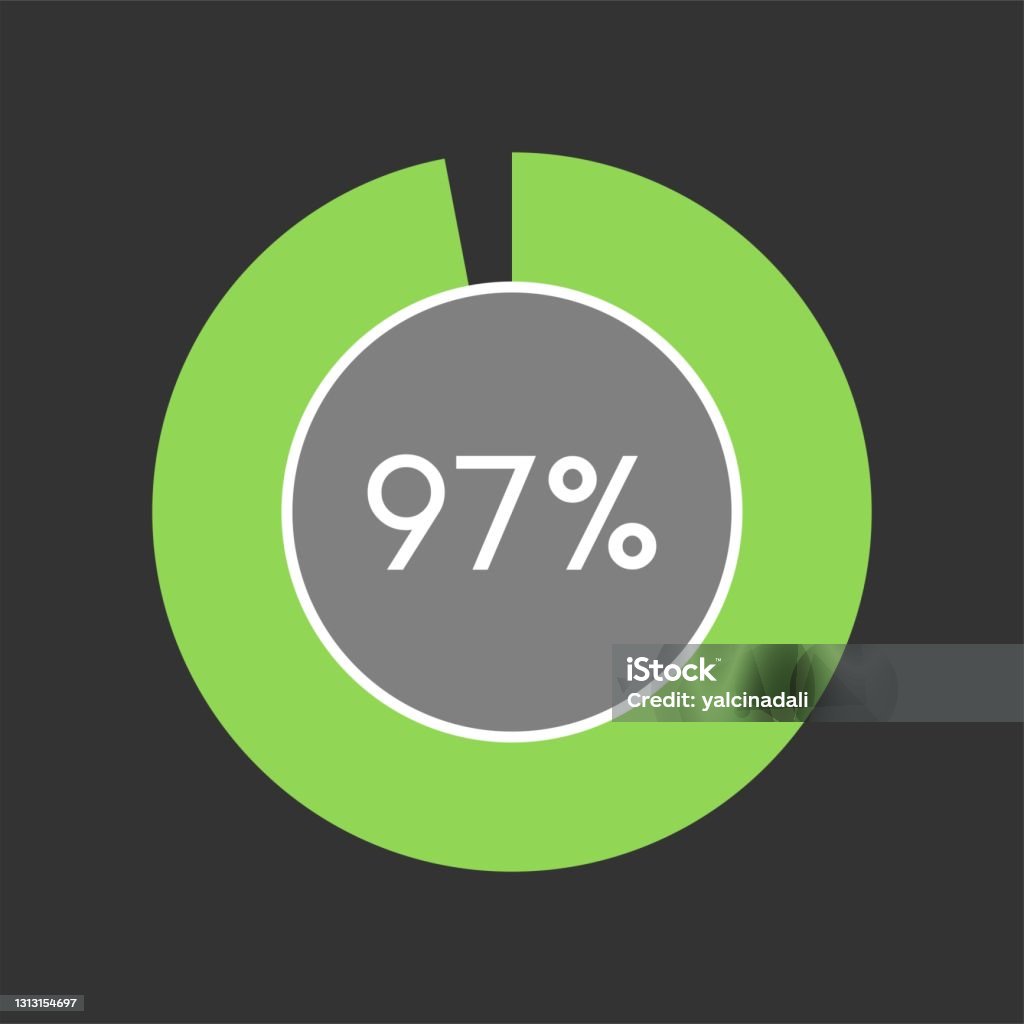
A seemingly simple mathematical calculation – 97 out of 150 as a percentage – has become a focal point in a heated debate surrounding academic performance, standardized testing validity, and the allocation of resources within the educational system. The resulting figure, 64.67%, represents more than just a numerical score; it embodies anxieties about student preparedness, the effectiveness of teaching methodologies, and the pressure to meet increasingly stringent benchmarks.
This figure, while appearing straightforward, sparks a complex discussion. It raises questions about the meaning of "passing" in the context of modern education, the potential for bias in standardized assessments, and the broader implications for students' future opportunities.
The Percentage and Its Implications
The raw calculation of 97 out of 150 translates to 64.67%. This result prompts several crucial inquiries, starting with the standard by which this percentage is evaluated. Is this considered a passing grade? What are the consequences for students who score at or below this level?
Educational institutions often have established thresholds for passing grades, typically around 60% or 70%. Therefore, a score of 64.67% could place a student precariously close to the failing line, depending on the specific grading policy.
Standardized Testing and the 65% Threshold
The significance of this percentage is amplified when considered in the context of standardized testing. Many standardized tests, particularly those used for college admissions or professional certifications, utilize scaled scores and percentile rankings rather than simple percentages.
However, a score of roughly 65% on a practice test or diagnostic assessment could indicate areas where a student needs significant improvement. Preparation for high-stakes exams often requires a far higher degree of mastery than simply achieving a passing grade.
“Understanding the underlying concepts and developing critical thinking skills are paramount,” explains Dr. Anya Sharma, an educational consultant specializing in test preparation. “A score of 64.67% might suggest a superficial understanding rather than a deep comprehension of the material.”
Perspectives on Academic Performance
The interpretation of 64.67% as an indicator of academic performance varies depending on the stakeholder involved. Educators, students, and policymakers may hold different perspectives on its significance.
Teachers might view it as a signal to adjust their teaching strategies. They may analyze the specific questions or topics where students struggled to identify areas where instruction needs to be reinforced.
“We use assessment data to inform our instructional decisions,” says Mr. David Chen, a high school math teacher. “If a significant portion of the class scores around 65%, it suggests that the curriculum or teaching methods need to be re-evaluated.”
Students, on the other hand, may experience feelings of anxiety or discouragement upon receiving a score in this range. The perceived pressure to achieve higher grades can lead to stress and a diminished sense of self-efficacy. Seeking support from teachers, tutors, or counselors can be essential for students struggling with academic performance.
Policymakers may examine aggregate data from standardized tests to assess the overall effectiveness of the education system. Large-scale analysis of student performance can inform decisions about resource allocation, curriculum development, and teacher training.
Factors Influencing Student Performance
Numerous factors can influence a student's performance on an exam, contributing to a score of 64.67%. These factors can be broadly categorized as individual, environmental, and systemic.
Individual factors include a student's innate abilities, learning style, motivation, and study habits. Some students may naturally grasp concepts more quickly than others, while others may require more personalized instruction to succeed.
Environmental factors encompass the student's home life, socioeconomic status, and access to resources. Students from disadvantaged backgrounds may face significant barriers to academic success, such as limited access to quality education, healthcare, or nutritious food.
Systemic factors refer to the policies and practices of the education system itself. These include curriculum standards, teaching methodologies, assessment practices, and school funding models.
“The education system must address inequities in access to resources and opportunities to ensure that all students have a fair chance to succeed,” argues Ms. Maria Rodriguez, an education policy analyst.
Moving Forward: Addressing the Challenges
Addressing the challenges associated with student performance requires a multifaceted approach involving collaboration between educators, students, policymakers, and parents. Interventions should be tailored to the individual needs of students, while also addressing systemic inequities within the education system.
Targeted interventions, such as tutoring, mentoring, and supplemental instruction, can provide students with the support they need to improve their academic performance. Early intervention is particularly crucial, as it can prevent students from falling behind and developing negative attitudes toward learning.
Furthermore, it is imperative to promote a growth mindset among students. Encouraging students to view challenges as opportunities for learning and growth can foster resilience and a willingness to persevere in the face of setbacks.
Finally, ongoing evaluation and refinement of the education system are essential to ensure that it is meeting the needs of all students. This includes regularly assessing curriculum standards, teaching methodologies, and assessment practices to identify areas for improvement.
The figure 64.67% – 97 out of 150 as a percentage – serves as a reminder of the complexities inherent in evaluating academic performance and the need for a holistic approach that considers individual, environmental, and systemic factors. By addressing these challenges proactively, we can create a more equitable and effective education system that empowers all students to reach their full potential.

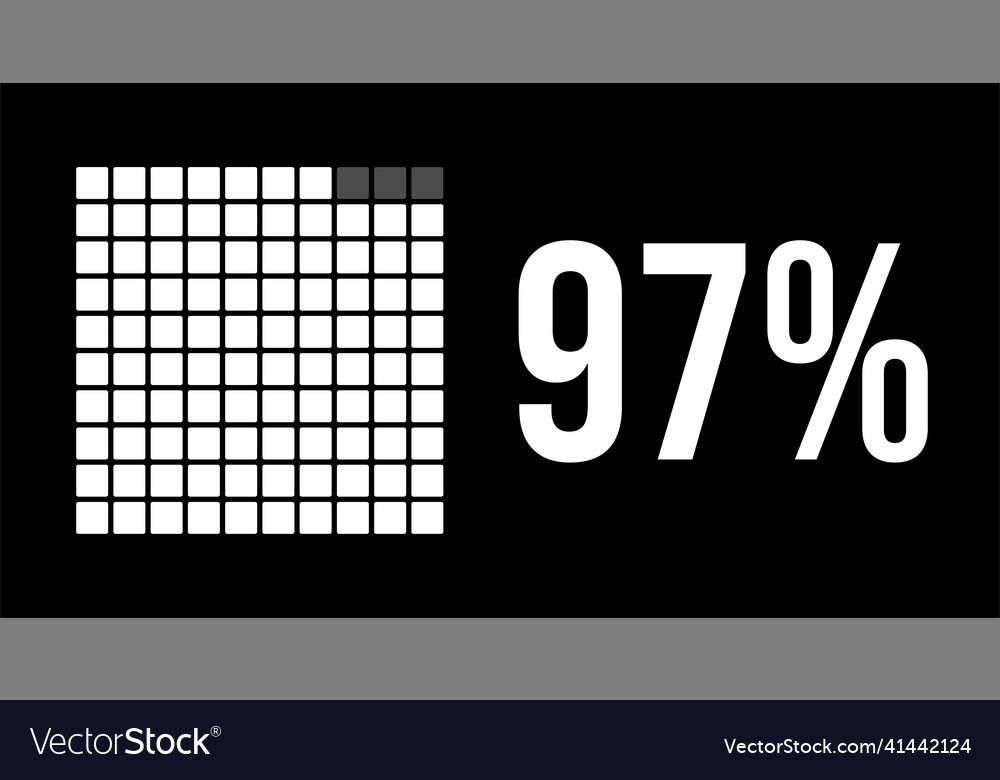



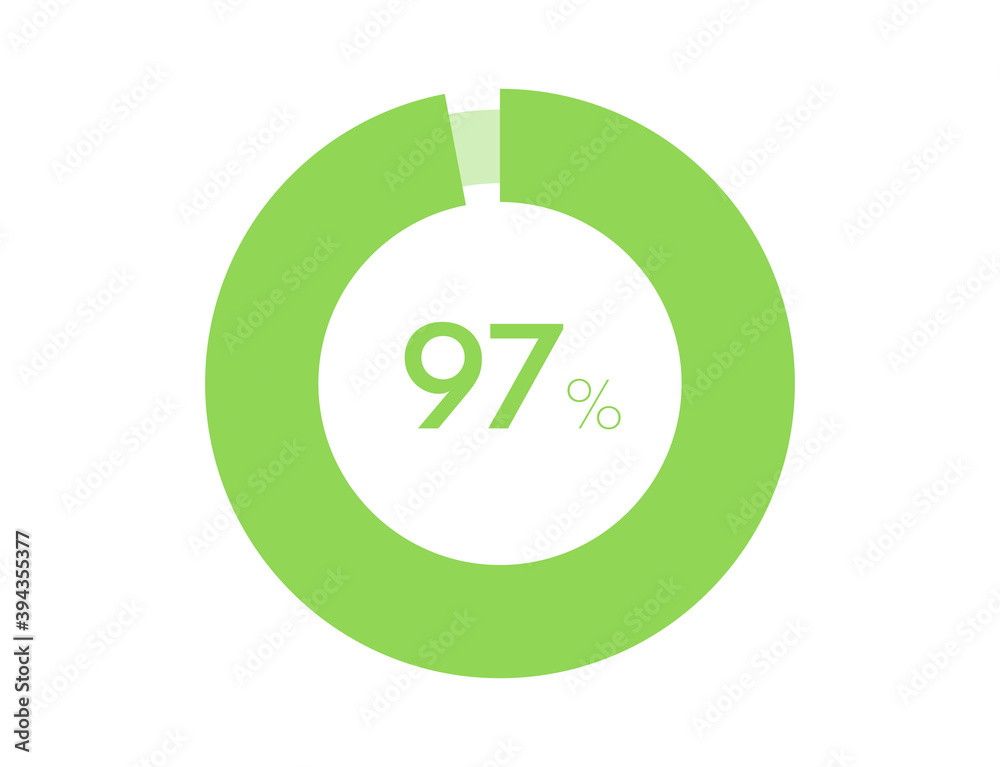
![97 Out Of 150 As A Percentage What is 145 out of 150 as a Percentage [Solved]](https://ik.imagekit.io/brightchamps/math/math-questions/145-out-of-150-as-a-percentage.png)
